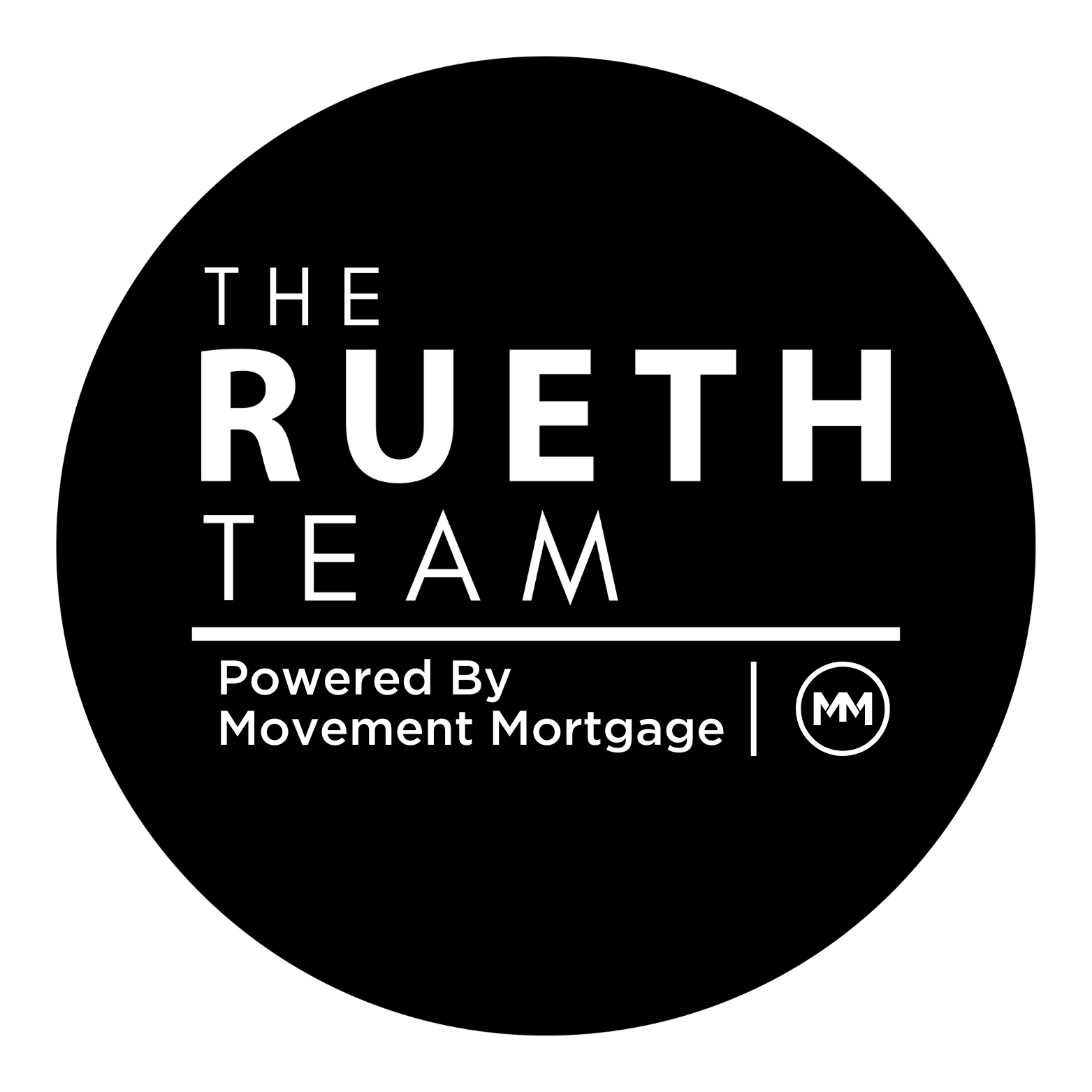Denver Real Estate Market Update | December 2022
Is This Investment in a Home a Good One?
Active inventory has started its winter descent, closed homes are slowing down, prices are giving back some of the strong gains made earlier in the year and while everyone wants to project and forecast how significant the pain will be, homeowners and buyers are simply asking the question: is this investment in a home a good one?
Ultimately, that’s why someone chooses to buy versus rent. It feels safe. Someone chooses to move homes because it feels like a safe move. Life happens and opportunities continue to present themselves, but if there is a big unknown, I will wait. This is what we are seeing as mortgage purchase application demand dropped off to levels not seen since between 2010 and 2015. Buyers waiting caused sellers to rapidly drop prices to elevate interest, or they chose to simply wait themselves to list and buy, causing the drop off of new listings.
Once the unknown becomes known, we feel safe. Let’s break down a few things that are happening in the economy to provide clarity.
Fed Chair Powell ended November with a speech at the Brookings Institution where he offered more clarity on the most recent Fed action: raising the Fed Rate. He said, “While we have a long way to go in restoring price stability, it makes sense to moderate the pace of our rate increases as we approach the level of restraint that will be sufficient to bring inflation down.” Knowing policies such as interest rate increases and the reduction of the Fed’s bond holdings generally take time to make their way through the system, he added, “The time for moderating the pace of rate increases may come as soon as the December meeting.” The markets celebrated.
Many recent economic reports are confirming the results of the aforementioned Fed action. By raising the Fed rate and increasing the cost to borrow, reinvest, and spend, the Fed is slowing down the economy and slowly increasing unemployment. November manufacturing numbers showed their first drop into a contraction since March of 2020. Private-sector job growth per ADP, the largest payroll provider, slowed to the lowest level since early 2021. Job openings continued its retreat from its peak in April 2022. Initial jobless claim numbers show a resilient workforce but continued claims for those currently on unemployment jumped to 1.6 million for November, the highest in eight months.
This push towards a slowing economy and a “4.4% goal” unemployment rate is simply to restore the balance between supply and demand and wean the sugar high of a highly liquid, overcharged economy. Job loss leads to a reduction in spending and wage inflation. Reduced spending reduces demand and allows for supply to catch up. More supply results in lower prices. Lower prices equal slower inflation and a healthy sustainability of long-term assets. Real estate is a long-term asset.
So, let’s talk real estate.
Due to its high correlation and dependence on interest rates, real estate was the first industry to go into a recession. Builders and refinance lenders felt it first and, as early as April, the reality of higher rates slowed demand dramatically. Purchase business continued as life continued until September’s mortgage rates climbed well into the 6’s and October saw a peak of 7.37% for the 30-year fixed. The speed by which mortgage rates climbed added to the already elevated home prices, driving fear into homebuyers and slowing purchase and new listings alike. Volume slowed, housing industry incomes slowed, and a housing recession was achieved through volume and not necessarily home prices.
This is an important takeaway with all the noise around a housing bubble and potential loss of up to 20% in home values. Just because housing is in a recession, it doesn’t mean our homes need to lose value. Sales volumes are down, and incomes are down, but the stability of our homes remains. Home values will come down as much as sellers are willing to reduce their prices to sell their homes. Many sellers won’t which is why new listings are lower than they’ve been since before 2018. Many sellers don’t need to as 86% of those who have mortgages are locked with a rate below 5% and 38% of homeowners don’t even have a mortgage. The sellers who want or need to move are plumb with 71% equity, so even if they are part of the 98.32% close to list, they are nowhere near distressed. They are simply resolved to giving away some of their unrealized gains.
Housing is one of the most stable long-term assets. Besides all the feel-good aspects of homeownership, its long-term prospects of wealth creation and income opportunities are unparalleled. Per CoreLogic, to date, Denver Metro is off 4.7% from its home price peak. Yet, we are still up 38% from March 2020 and 151% from 2012. Home prices will continue to soften as rates find their way to stability next Spring. Between now and then, sellers will give buyers a little more negotiating power to help seal the deal. However, when rates stabilize, or the market simply adjusts to the rates available, buyers will return. The largest age group today is 31 years old, which is the peak homebuying years. This demographic has been priced out since the pandemic. Then over the last 6 months, they were feared out. They want to buy a home. This sidelined demand on the current limited supply, which is still less than 2019, will continue to support the stability of home prices. In the long run, this will create a more balanced market with consistent, stable, and historically expected price growth.
Until next time, that’s a wrap for this month’s Market Trends update. It’s my pleasure to keep you updated,
It’s my pleasure to keep you updated.
Nicole Rueth
Producing Branch Manager with The Rueth Team of OneTrust Home Loans




